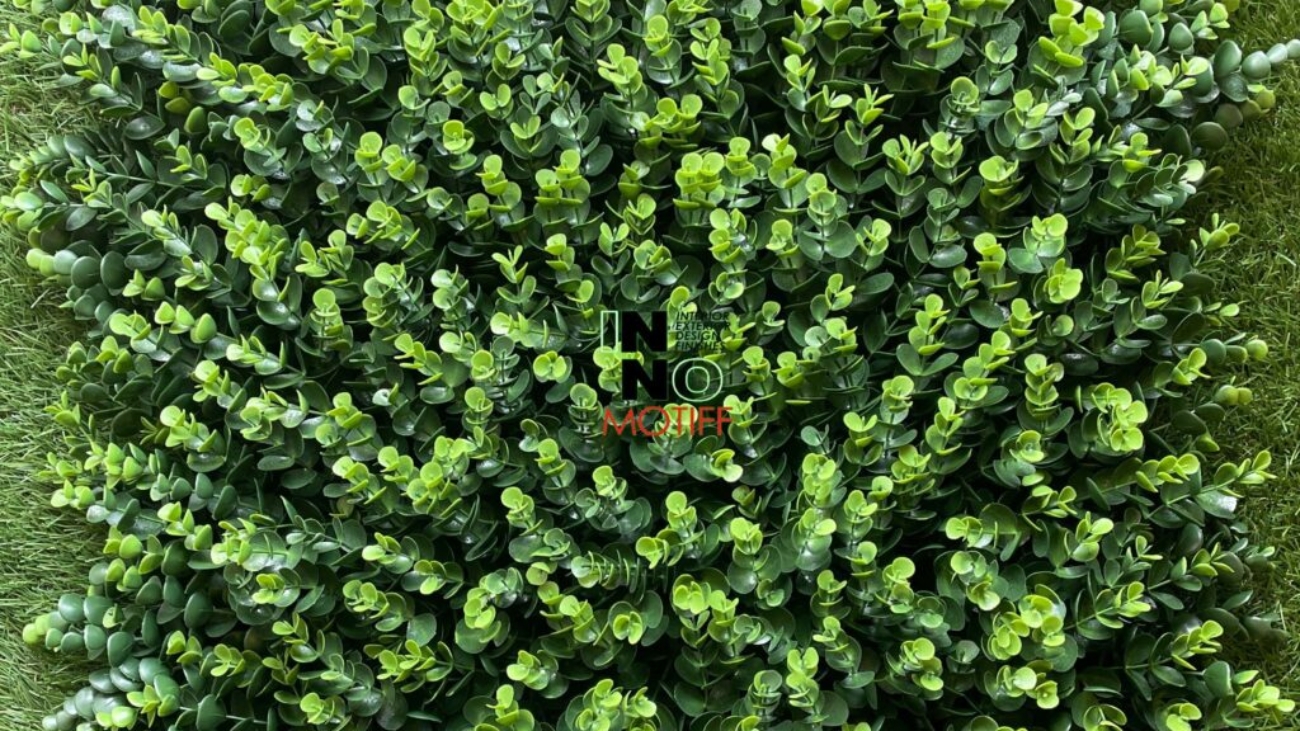In today’s interior and exterior design landscapes, the presence of greenery plays a crucial role in creating vibrant and inviting spaces. While real plants bring natural beauty, artificial plants offer a practical and versatile alternative that suits various settings. This guide explores the benefits, types, selection tips, and creative uses of artificial plants to transform your living and working environments.
Benefits of Artificial Plants
Artificial plants are favored for their low maintenance requirements and durability. Unlike real plants, they don’t require watering, sunlight, or soil, making them ideal for environments where these conditions are challenging to maintain. They are also cost-effective in the long run, as they don’t require ongoing care or replacement due to seasonal changes or plant diseases.
Types of Artificial Plants
Silk plants are known for their realistic texture and appearance, making them suitable for high-end interior designs. Plastic plants are durable and often used for outdoor settings due to their weather-resistant properties. Fabricated plants offer flexibility in design and can be customized to fit specific decor themes or creative arrangements.
Choosing the Right Artificial Plants
When selecting artificial plants, consider factors like size, shape, and color to complement your space. Match the type of plant with your interior decor style – whether it’s modern, traditional, or minimalist. Opt for high-quality materials to ensure a lifelike appearance and longevity.
Using Artificial Plants in Interior Design
Integrating artificial plants into interior spaces enhances the ambiance of living rooms, bedrooms, and kitchens. They add a touch of greenery without the need for natural light or watering, making them perfect for areas with limited sunlight or accessibility. Create focal points or accents with strategically placed plants to elevate room aesthetics.
Incorporating Artificial Plants in Outdoor Settings
On balconies or patios, artificial plants provide year-round greenery without the maintenance challenges of real plants. They withstand weather conditions and can be used to create inviting outdoor spaces. In garden landscapes, artificial plants offer design flexibility and can fill spaces where real plants struggle to thrive.
DIY Projects with Artificial Plants
Explore creative DIY projects using artificial plants, such as crafting custom arrangements or vertical gardens. These projects allow you to personalize your decor and create unique displays that reflect your style. Follow step-by-step tutorials to learn how to assemble and arrange artificial plants effectively.
Maintenance and Care Tips
Maintaining artificial plants is straightforward. Regular dusting or gentle cleaning with a damp cloth keeps them looking fresh. Consider UV protection for outdoor plants to prevent color fading over time. During off-seasons, store plants in a cool, dry place to preserve their quality for future use.
Eco-Friendly Aspects of Artificial Plants
While artificial plants offer sustainability benefits by reducing water usage and plant waste, it’s essential to choose products made from eco-friendly materials. Look for recyclable components or sustainable production practices to minimize environmental impact. Supporting green initiatives through the use of artificial greenery contributes to a more eco-conscious lifestyle.
Takeaway
Artificial plants are not just decorations; they are practical solutions for enhancing spaces with greenery. Whether you’re looking to beautify your home, office, or outdoor areas, artificial plants offer versatility, durability, and aesthetic appeal without the maintenance requirements of real plants. Explore the endless possibilities of artificial greenery to create inviting and inspiring environments tailored to your personal style.

